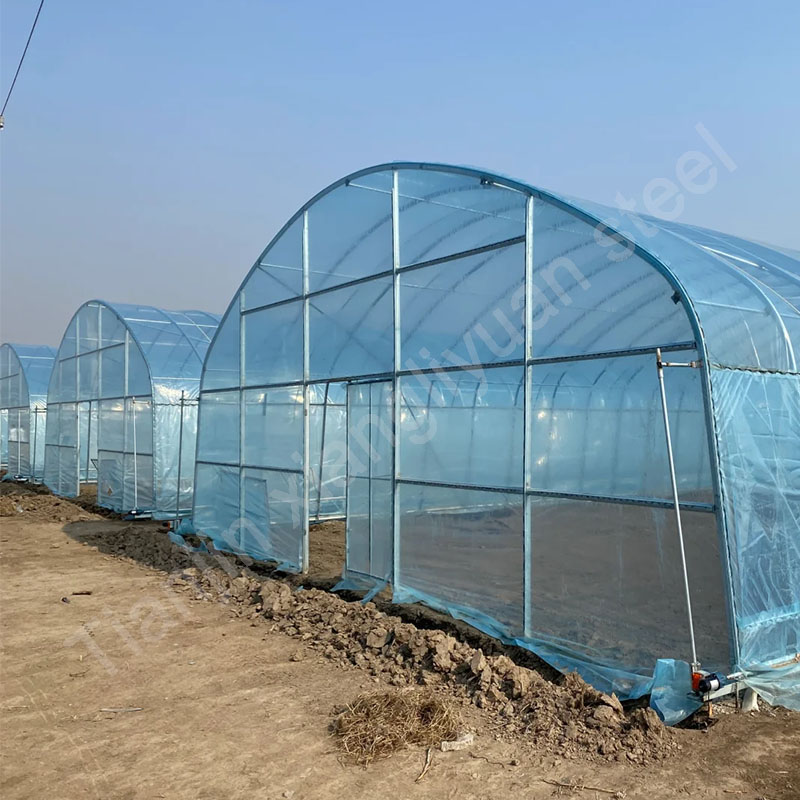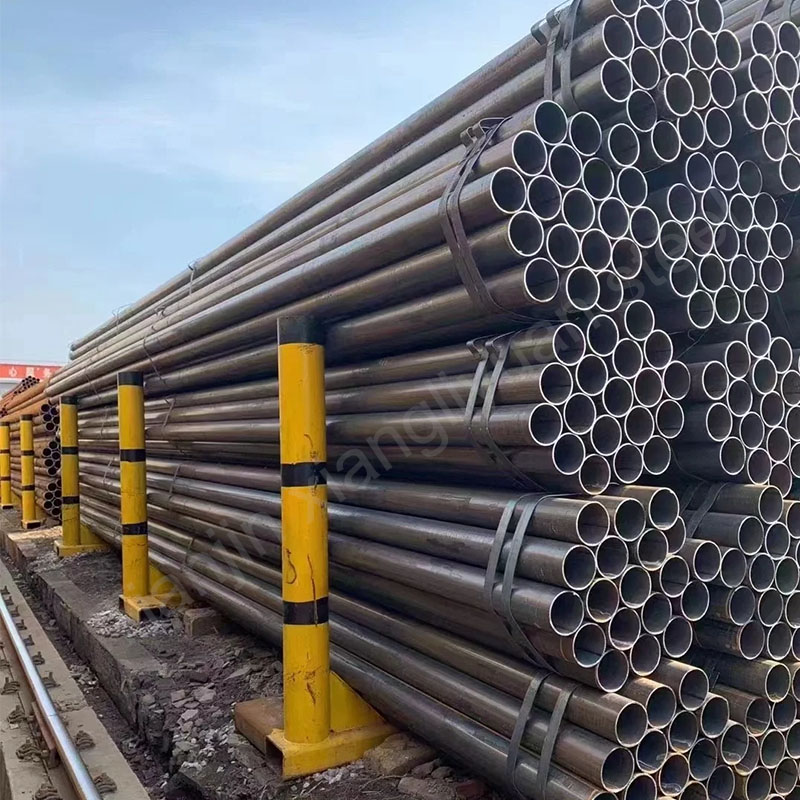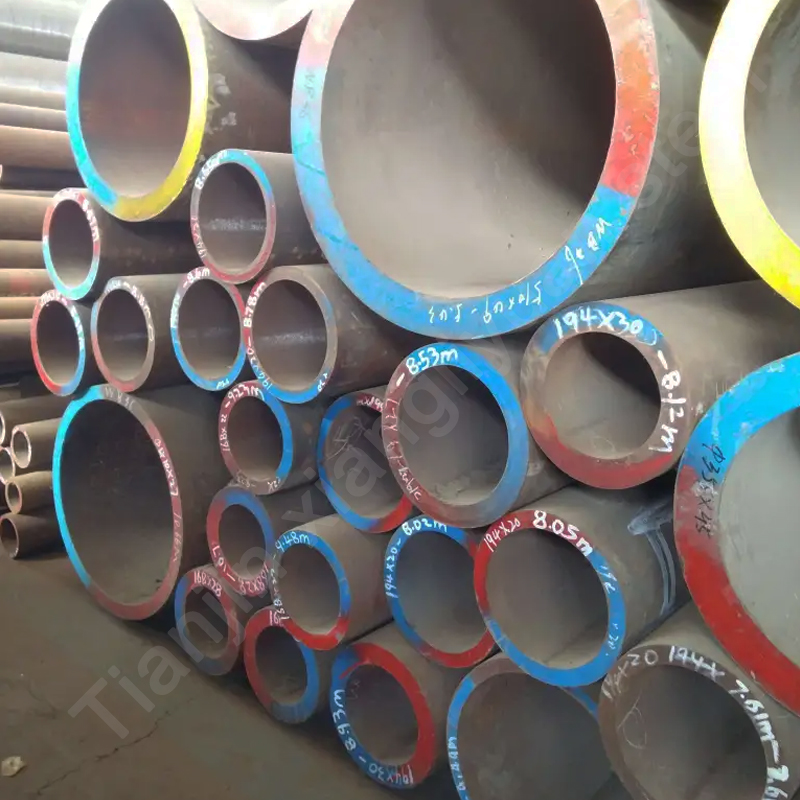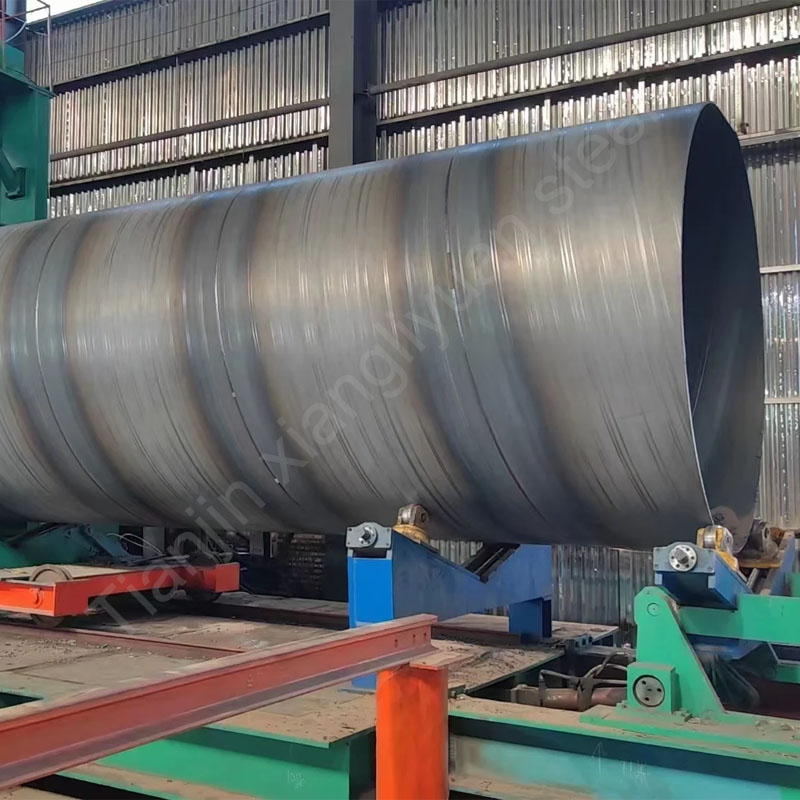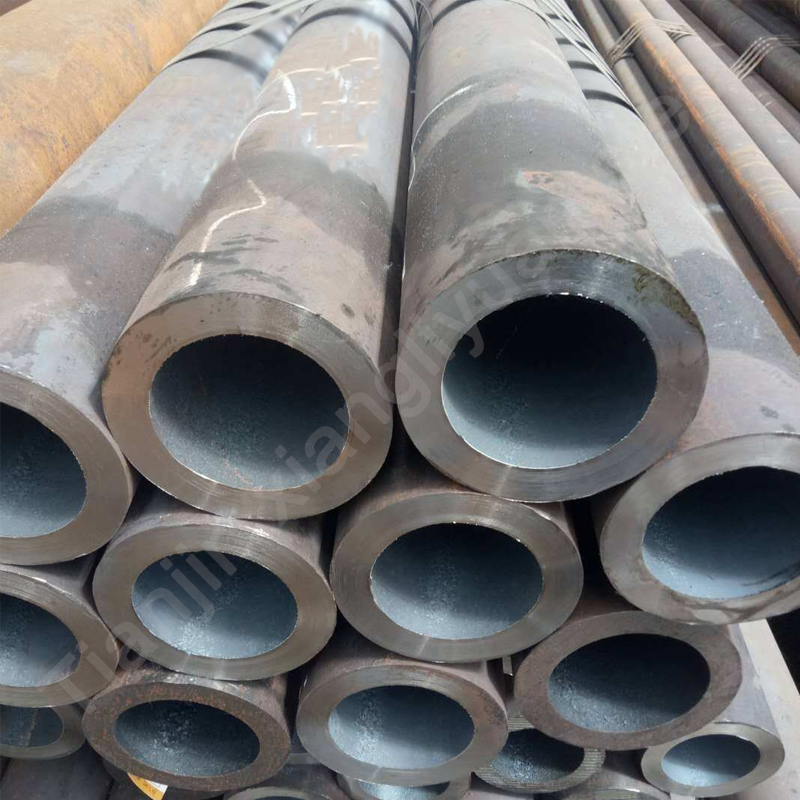As a leading manufacturer of steel pipes for agricultural applications, we understand the critical role greenhouse frame pipes play in modern farming. Among the most searched questions by growers and construction specialists is: “Why choose hot-dip galvanized steel pipes for greenhouse structures?” In this comprehensive guide, we explore the science, economics, and long-term benefits of using hot-dip galvanized materials—key insights tailored for greenhouse builders, agricultural engineers, and sustainable farming advocates.
1. The Rising Demand for Corrosion-Resistant Greenhouse Pipes
Greenhouses operate in high-humidity environments where temperature fluctuations, chemical exposure (fertilizers, pesticides), and constant moisture accelerate metal degradation. Ordinary steel pipes may rust within 2–3 years, compromising structural integrity and increasing maintenance costs.
Hot-dip galvanized (HDG) steel pipes address these challenges through a metallurgical process that bonds zinc to the steel surface. This creates a protective barrier against:
Atmospheric corrosion caused by rain, snow, and humidity
Galvanic corrosion from contact with dissimilar metals
Abrasion damage during installation or extreme weather
Studies by the American Galvanizers Association show HDG-coated steel extends service life to 50+ years in moderate environments—10x longer than untreated alternatives.
2. How Hot-Dip Galvanizing Works: A Technical Breakdown
The hot-dip galvanizing process involves three stages:
Surface Preparation: Steel pipes are cleaned via degreasing, pickling, and fluxing to remove impurities.
Zinc Immersion: Pipes are submerged in molten zinc at 450°C (842°F), forming a layered zinc-iron alloy.
Cooling & Inspection: Post-coating quality checks ensure uniform thickness (typically 85–100 μm) per ASTM A123/A123M specifications.
This method provides complete coverage, including hard-to-reach joints and internal surfaces—a critical advantage over spray-on coatings.
3. Cost-Benefit Analysis: Hot-dip galvanized vs. Alternatives
Let’s compare popular greenhouse framing materials:
| Material | Initial Cost | Lifespan | Maintenance |
|---|---|---|---|
| Mild Steel (Painted) | Low | 5–8 years | Annual repainting |
| Aluminum | High | 15–20 years | Minimal |
| Stainless Steel | Very High | 30+ years | None |
| Hot-Dip Galvanized | Moderate | 50+ years | None |
HDG strikes the optimal balance: it’s 40% cheaper than stainless steel yet offers comparable longevity with zero ongoing upkeep—a key selling point for commercial greenhouse projects.
4. Climate-Specific Advantages of Hot-dip galvanized Greenhouse Pipes
A. High-Humidity Regions (Southeast Asia, Coastal Areas)
Zinc’s sacrificial protection prevents rust even at 90%+ humidity levels. Hot-dip galvanized pipes are widely used in Indonesian tomato farms and Philippine orchid nurseries.
B. Cold Climates (Canada, Northern Europe)
The ductility of zinc coatings withstands thermal contraction/expansion, preventing cracks in sub-zero temperatures. Hot-dip galvanized frames support heavy snow loads up to 30 PSF (per ASCE 7-16 standards).
C. Saline Environments (Middle East, Australia)
Salt spray resistance makes HDG ideal for desert greenhouses using desalinated irrigation water. UAE date palm growers report 90% lower pipe replacement rates vs. painted steel.
5. Sustainability & Environmental Compliance
Modern HDG processes use 99.9% pure zinc, aligning with EU REACH and RoHS regulations. Benefits include:
Recyclability: Both steel and zinc are 100% recyclable without quality loss.
Reduced Chemical Waste: HDG eliminates the need for toxic paint solvents.
Energy Efficiency: Long-lasting frames minimize resource consumption for replacements.
Certifications like ISO 1461 and BS EN ISO 9001 further validate HDG’s role in sustainable agriculture.
6. Customization Options for Greenhouse Growers
Beyond standard round pipes, HDG technology supports tailored solutions:
Oval Tubes: For wind-resistant designs (common in Dutch Venlo greenhouses).
Slotted Pipes: Enable easy attachment of polyfilm or shade nets.
Pre-Galvanized vs Post-Galvanized: Choose based on welding requirements.
Pair HDG frames with UV-stabilized polycarbonate sheets or double-layer polyethylene for maximum ROI.
7. Common Myths About Hot-Dip Galvanized Pipes—Debunked!
Myth 1: “Zinc coatings wear off quickly.”
Fact: Properly applied HDG loses only 1–2 μm/year in rural areas—translating to 70+ years of protection.
Myth 2: “Galvanized pipes can’t be welded.”
Fact: Post-weld galvanizing (via brush-on zinc) maintains corrosion resistance at joints.
Myth 3: “HDG is unsuitable for organic farms.”
Fact: Zinc is a naturally occurring element (NHO 3.3.1 compliant) and non-toxic to crops.
8. Choosing the Right HDG Pipe Supplier: 5 Checklist Questions
Does the supplier adhere to ASTM A53/A53M or EN 10240 standards?
Can they provide third-party test reports (e.g., salt spray tests per ASTM B117)?
Do they offer custom lengths/diameters (e.g., 1.5″–4″ OD for Quonset huts)?
What’s the lead time for 20–40 ft containers (FOB/CIF terms)?
Are anti-scratch packaging options available to prevent shipping damage?
Conclusion: Future-Proof Your Greenhouse with HDG Technology
Hot-dip galvanized steel pipes represent the gold standard for greenhouse frameworks, merging unmatched durability with lifecycle cost savings. Whether you’re constructing a small hoop house or a multi-acre hydroponic facility, HDG ensures your investment withstands time, weather, and market shifts.
Ready to Upgrade Your Greenhouse Infrastructure?
Tianjin xiangliyuan steel supplies ASTM-certified HDG pipes to 50+ countries, with customized solutions for tropical, arid, and temperate climates. [Request a Free Quote] or download our Greenhouse Pipe Technical Handbook to optimize your next project.

